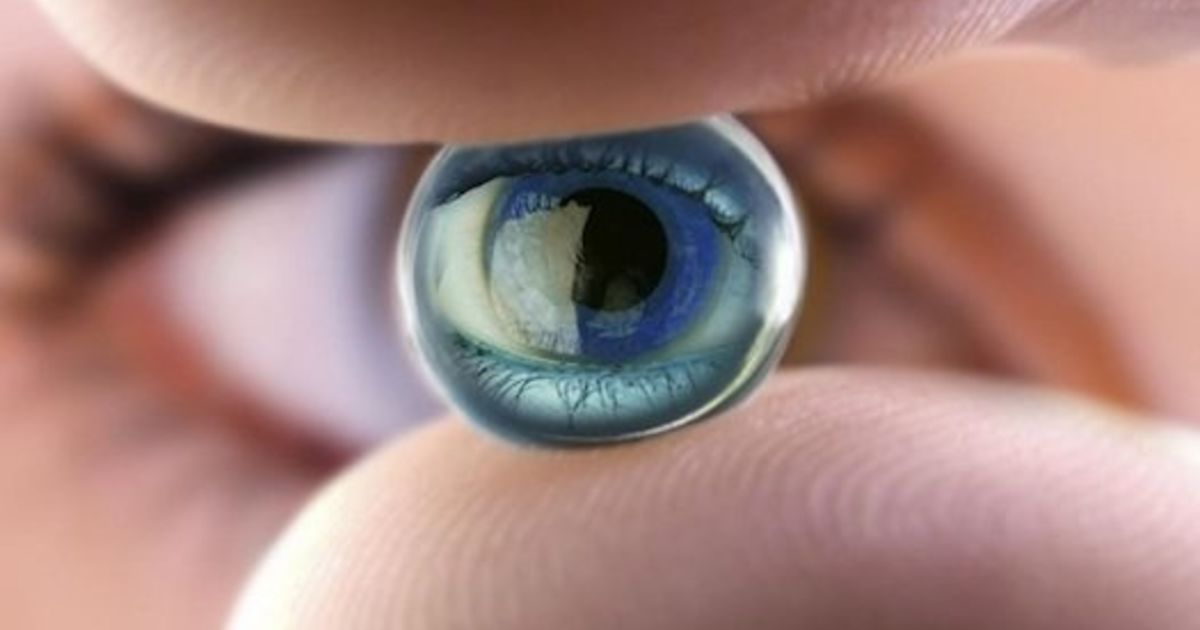Fight Dry Eyes Using The Right Contact Lens
With millions of individuals wearing them around the world, contact lenses have become an immensely popular alternative to glasses and allow individuals to have clear, perfect vision. Besides allowing someone to see clearly, contact lenses can also come in a multitude of colors so individuals may change their eye color temporarily as well. Keep reading to uncover the importance of having the right contact lenses and how the right pair can help keep the eyes healthy and moist, rather than dry.
How Contact Lenses Affect The Eyes

According to a study published in mBio, wearing contact lenses may change the eye’s microbiome or the group of bacteria that is responsible for the eye’s health. The news is welcome for medical professionals who now have a better understanding of how to prevent infections and improve eye care through the use of contact lenses. One disease in particular known as giant papillary conjunctivitis is of primary concern when it comes to those who wear contacts.
The Centers for Disease Control and Prevention (CDC) suggest that the one hundred million individuals globally who wear contact lenses should follow strict guidelines when cleaning, wearing and storing their contacts. Because the microbiome is responsible for protecting against infection, this study is an important discovery in the future of eye health as contact lenses are capable of changing the bacteria in the eye that is responsible for protecting against infection. No other study has been able to show the structural and functional impact of contact lenses.
Continue reading to further discover the study that was conducted and what it means for eye health.
The Study

The authors of the study sought to determine the microbiota of individuals who did not wear contacts with those who did. The study analyzed bacterial samples from the eye’s surface and on the skin underneath the eye of nine patients who wore contacts and eleven who did not. The samples were taken via a laboratory technique called 16s rRNA sequencing within three intervals lasting six weeks long. Approximately two hundred and fifty samples were extracted from participants. What does this study mean for those who wear contact lens and how does it affect their eye health?
Keep reading to learn the results of this study and what it means for contact lens wearers.
